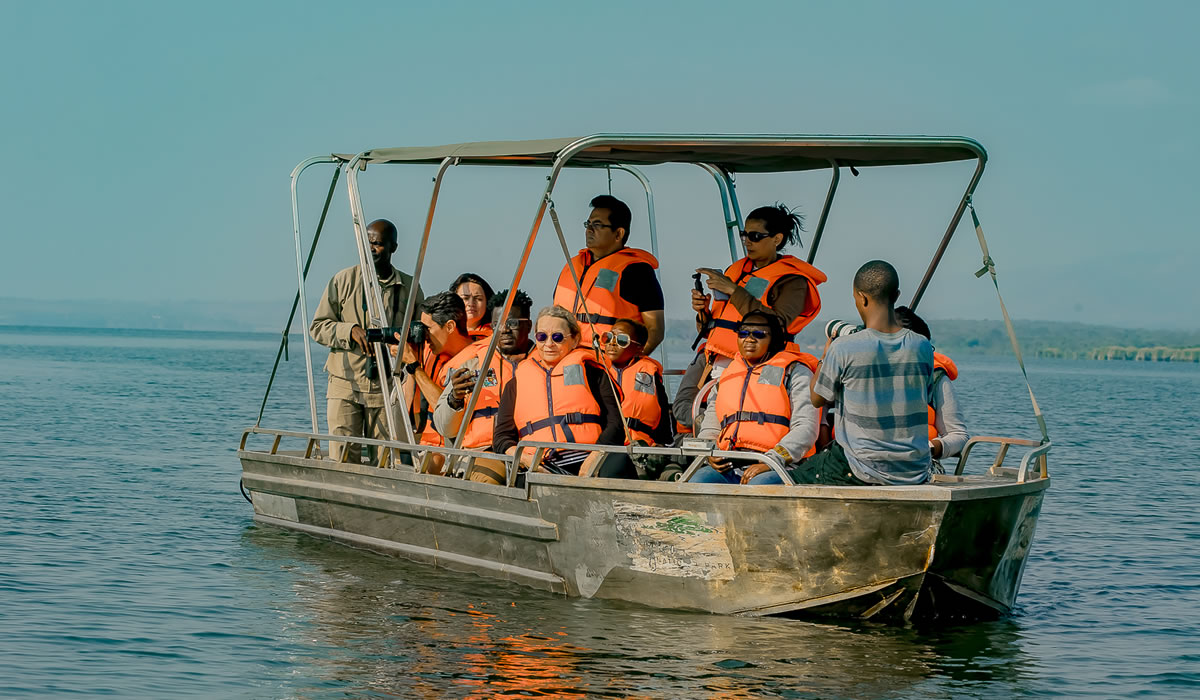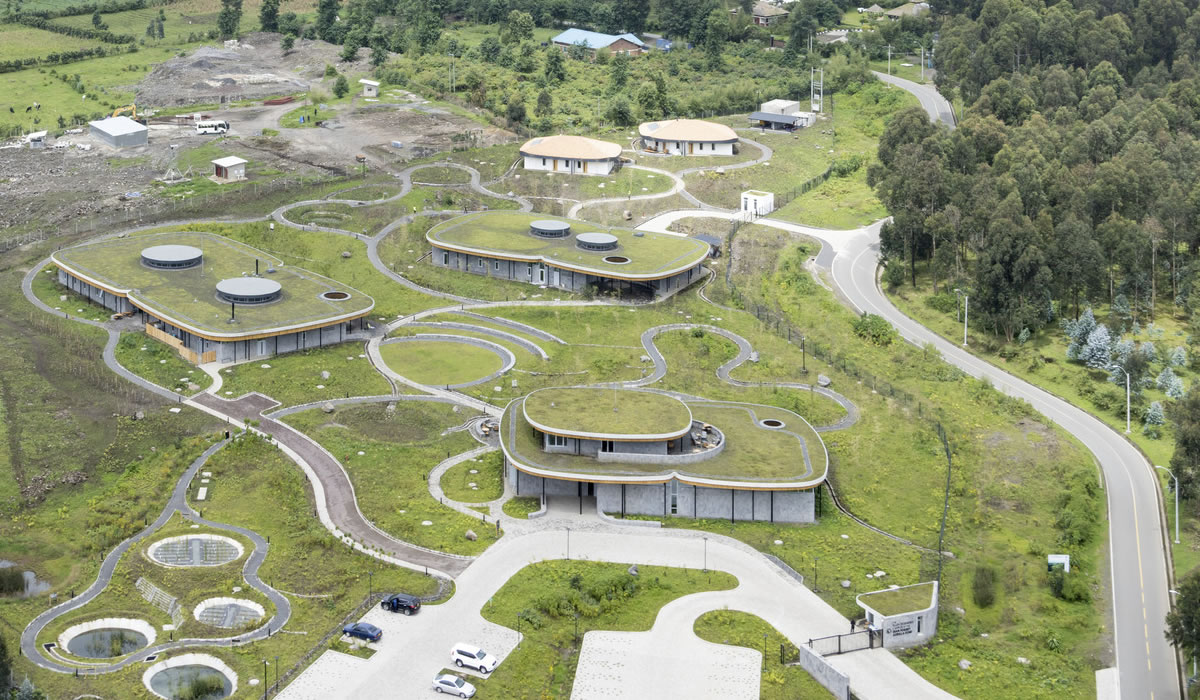MICE Tourism in Rwanda, which stands for Meetings, Incentives, Conferences, and Exhibitions, has become one…
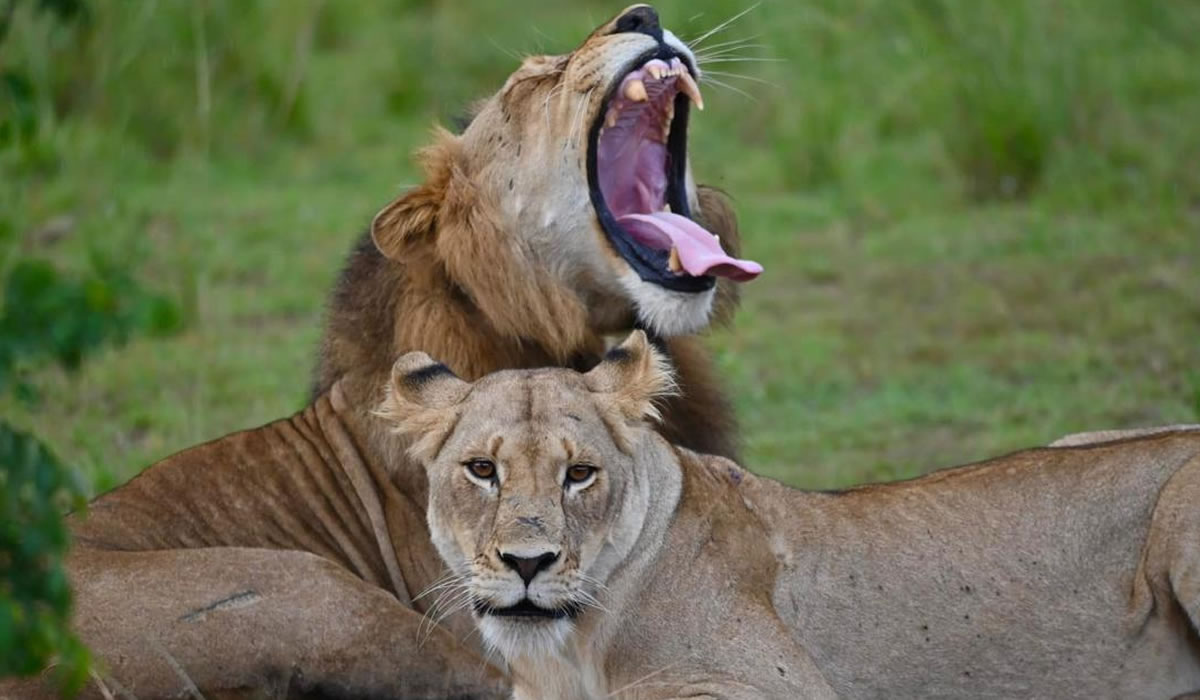
Wildlife in Akagera National Park
Akagera National Park, located in the eastern part of Rwanda, is a haven for wildlife enthusiasts and nature lovers. Covering over 1,120 square kilometers, the park is Rwanda’s only savannah national park and home to an incredible diversity of flora and fauna. From majestic lions and towering giraffes to herds of elephants and hundreds of bird species, wildlife in Akagera National Park is so diverse. Akagera offers a classic African safari experience. For tourists seeking adventure, photography, and an authentic connection with nature, Akagera National Park stands as one of the most captivating destinations in East Africa.
The Landscape and Ecosystem of Akagera
Akagera National Park is a remarkable blend of savannah, woodland, wetland, and rolling hills. Its diverse ecosystem supports an abundance of wildlife, making it one of the most scenic and ecologically significant areas in Rwanda. The park is dominated by grasslands, acacia woodlands, and a complex network of lakes and swamps fed by the Akagera River. This river, which marks Rwanda’s border with Tanzania, gives the park its name and sustains its life-rich wetlands.
Among the park’s most notable features are its lakes, including Lake Ihema, Lake Shakani, and Lake Rwanyakizinga. These water bodies attract large populations of hippos and crocodiles, as well as numerous bird species. The mosaic of habitats ensures that Akagera is home to both savannah and forest species, creating a dynamic and balanced ecosystem that supports large mammals, predators, and countless smaller creatures.
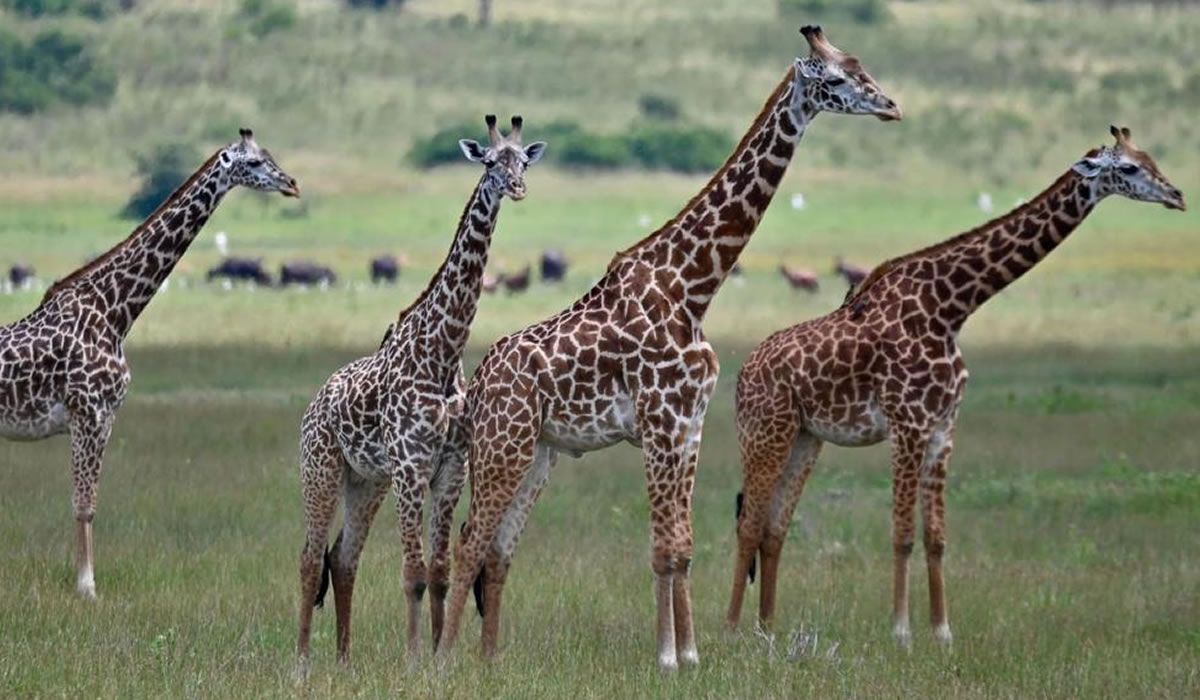
For many years, Rwanda lacked the full “Big Five” safari experience, but Akagera National Park has successfully restored it. The Big Five; lions, leopards, elephants, buffaloes, and rhinos can now all be found within the park. This accomplishment is the result of extensive conservation and reintroduction efforts led by the Rwanda Development Board and African Parks.
Lions were reintroduced to Akagera in 2015 after a 20-year absence. Since then, the population has grown steadily, thanks to successful breeding and careful protection from poaching. Black rhinos, which had disappeared from the park in the 1990s, were reintroduced in 2017 from South Africa and again in 2019 from Europe. These milestones have transformed Akagera into one of the few national parks in Africa where tourists can see all members of the Big Five in one place.
Mammals of Akagera National Park
Beyond the Big Five, Akagera National Park boasts over 8,000 large mammals. The park’s open plains and woodland areas provide ideal habitats for herbivores such as zebras, impalas, topis, and waterbucks. Giraffes, introduced from Kenya in the 1980s, have thrived in Akagera and are often seen browsing the acacia trees. Elephants are among the park’s most impressive residents, with herds frequently seen near lakes and riverbanks.
Tourists on game drives can also spot warthogs, bushbucks, and elands, as well as the shy roan antelope, one of the park’s rarer species. Predators like hyenas and leopards roam the park’s dense thickets, while lions dominate the open plains. The balance between predator and prey has helped maintain Akagera’s ecological integrity, making wildlife sightings both diverse and exciting.
Birdlife in Akagera National Park
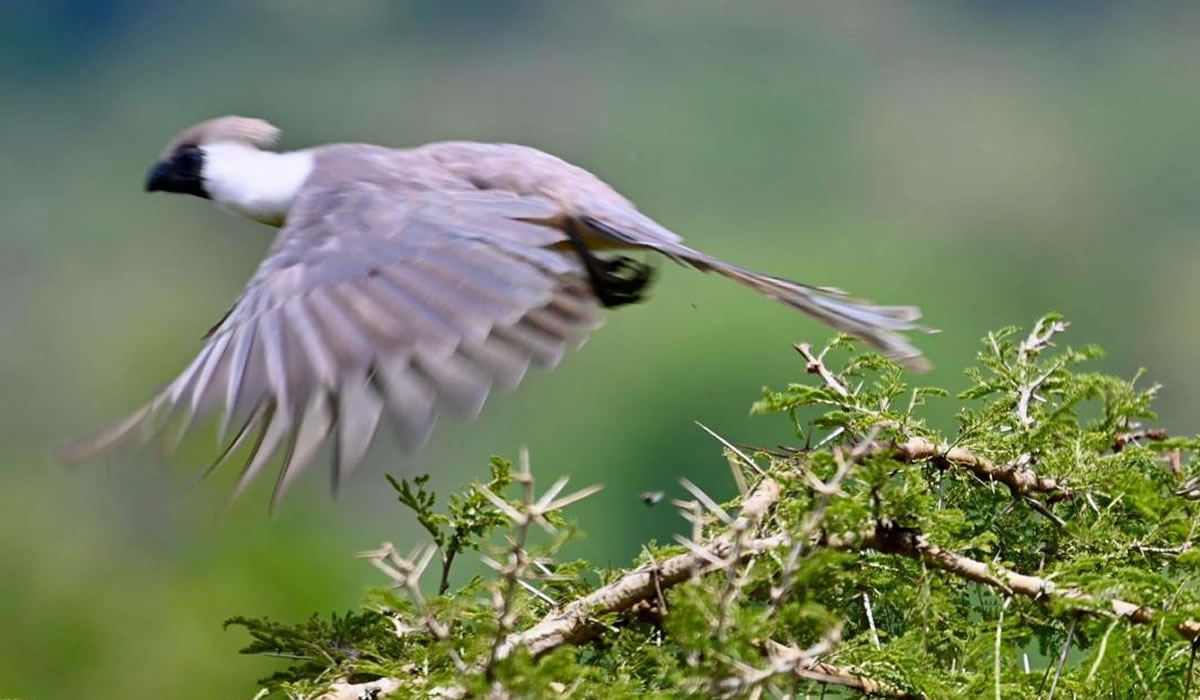
Akagera is a paradise for birdwatchers, with more than 500 recorded bird species. The park’s wetlands and lakes attract a wide variety of aquatic birds, including the iconic African fish eagle, crowned cranes, and herons. One of the park’s most sought-after birds is the rare shoebill stork, which can sometimes be seen in the marshy areas near Lake Ihema. Other notable species include papyrus gonoleks, jacanas, malachite kingfishers, and open-billed storks.
The birdlife diversity in Akagera makes it a top birding destination in Rwanda, appealing to both amateur and experienced birders. Early morning and late afternoon birding safaris provide the best opportunities to spot and photograph these colorful and fascinating species.
Conservation Success and Community Involvement
The success of Akagera National Park’s wildlife restoration is deeply rooted in conservation and community collaboration. When African Parks took over management in partnership with the Rwanda Development Board in 2010, poaching was rampant, and wildlife numbers were critically low. Through improved law enforcement, ranger training, and community engagement, poaching has been nearly eliminated, allowing wildlife populations to recover.
Local communities living around Akagera have become key stakeholders in its protection. The park invests a portion of tourism revenue into community projects such as education, healthcare, and infrastructure. This approach ensures that conservation brings tangible benefits to the people living nearby, fostering coexistence and shared responsibility for wildlife protection.
Game Drives and Safari Experiences
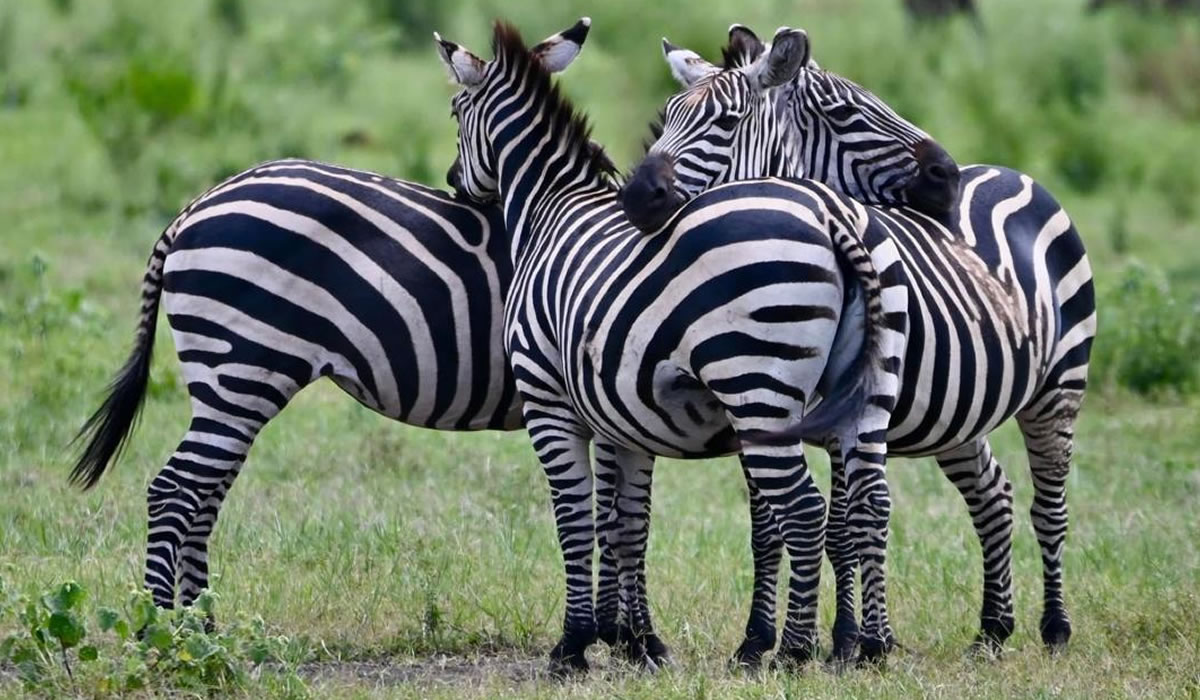
Tourists visiting Akagera National Park can enjoy a variety of safari experiences designed to showcase the park’s diverse wildlife. Game drives are the most popular activity, with options for morning, afternoon, and night safaris. During the day, tourists can explore the park’s vast landscapes, watching herds of zebras grazing alongside antelopes, while lions and leopards may be spotted resting in the shade. Night drives, on the other hand, reveal nocturnal animals such as bush babies, civets, and hyenas.
Self-drive safaris are permitted, though guided drives are recommended for a more enriching experience. Experienced guides know the best routes and locations for wildlife sightings, ensuring that tourists make the most of their visit. The northern part of the park, near Nyungwe Gate, is especially rich in wildlife and offers spectacular views of the open savannah.
Boat Safaris on Lake Ihema
One of Akagera’s most memorable wildlife experiences is the boat safari on Lake Ihema. This activity provides a unique perspective of the park’s aquatic ecosystem. Tourists can observe hippos wallowing in the water, crocodiles sunbathing on the shores, and a dazzling array of water birds flying overhead. The tranquil boat ride also offers great opportunities for photography, particularly during sunrise or sunset when the golden light reflects beautifully on the water.
Accommodation and Visitor Facilities
Akagera National Park offers a range of accommodation options that cater to different budgets and preferences. From luxurious lodges to mid-range tented camps and basic camping sites, tourists can choose where to stay based on their comfort level and safari style. The Akagera Game Lodge, situated on a hill overlooking Lake Ihema, provides modern amenities, a swimming pool, and stunning views. For those seeking a more intimate and eco-friendly experience, Ruzizi Tented Lodge and Karenge Bush Camp offer excellent choices with a focus on sustainability.
The park has well-maintained roads, a visitors’ center, and picnic areas. The entry points at the southern and northern gates make it easy for tourists to access different parts of the park, whether coming from Kigali or traveling onward to other destinations in Rwanda.
Best Time to Visit Akagera National Park
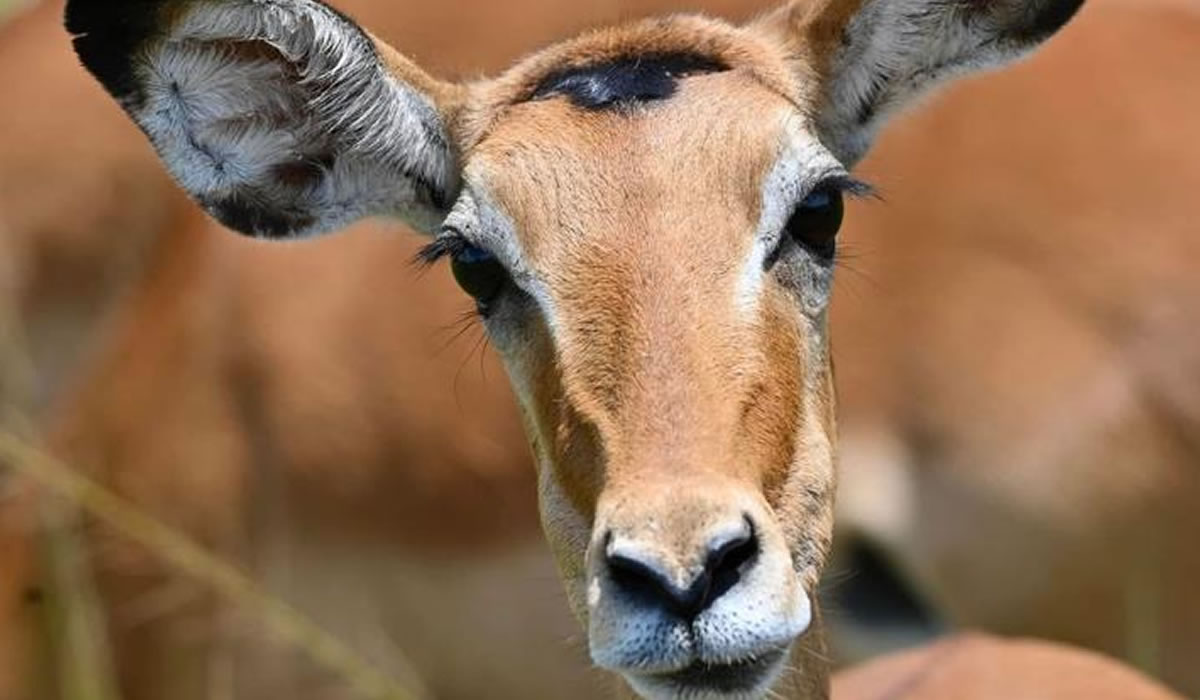
Akagera National Park can be visited year-round, but the best wildlife viewing is during the dry season, from June to September and December to February. During this time, animals gather around water sources, making them easier to spot. The wet season, from March to May and October to November, brings lush vegetation and is excellent for birdwatching, although some roads may become muddy and challenging to navigate.
The Future of Wildlife in Akagera
The future of Akagera National Park is bright, with continued efforts to expand wildlife populations and enhance eco-tourism opportunities. Ongoing conservation programs aim to monitor species health, reduce human-wildlife conflict, and maintain the park’s delicate ecological balance. With Rwanda’s strong commitment to sustainability, Akagera is poised to remain a leading example of successful wildlife conservation in Africa.
Wildlife in Akagera National Park tells an inspiring story of resilience, restoration, and coexistence. What was once a depleted ecosystem has become one of Africa’s most remarkable conservation success stories. Today, tourists visiting Akagera can enjoy the thrill of seeing the Big Five, marvel at diverse bird species, and witness the beauty of nature in its purest form. Whether exploring the savannah on a game drive or drifting along Lake Ihema, Akagera offers a truly unforgettable safari experience and stands as a testament to Rwanda’s dedication to preserving its natural heritage.


